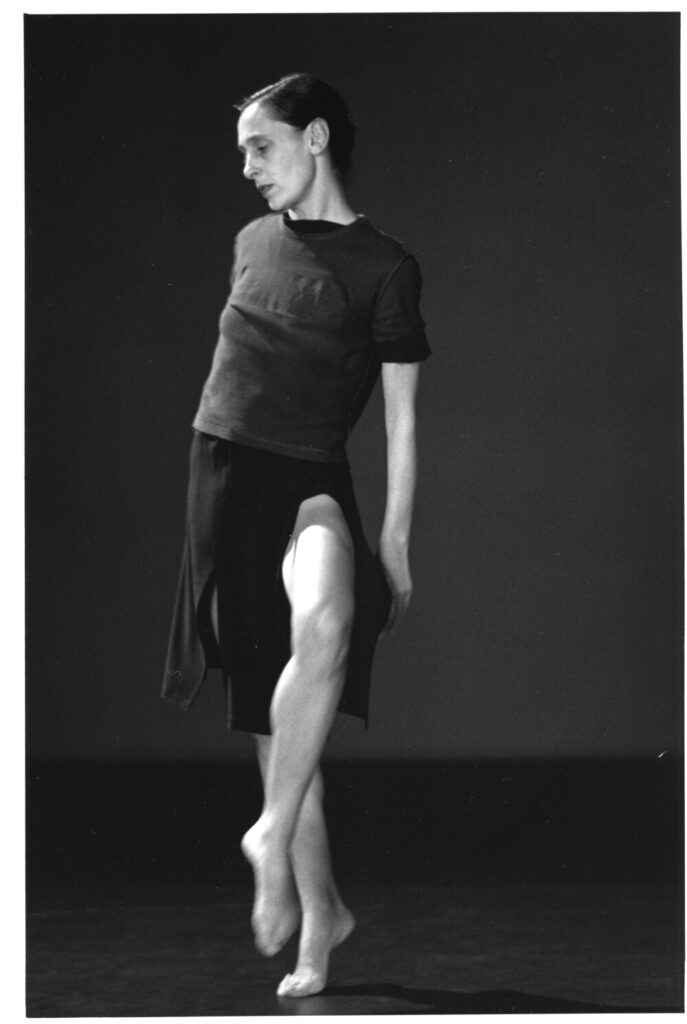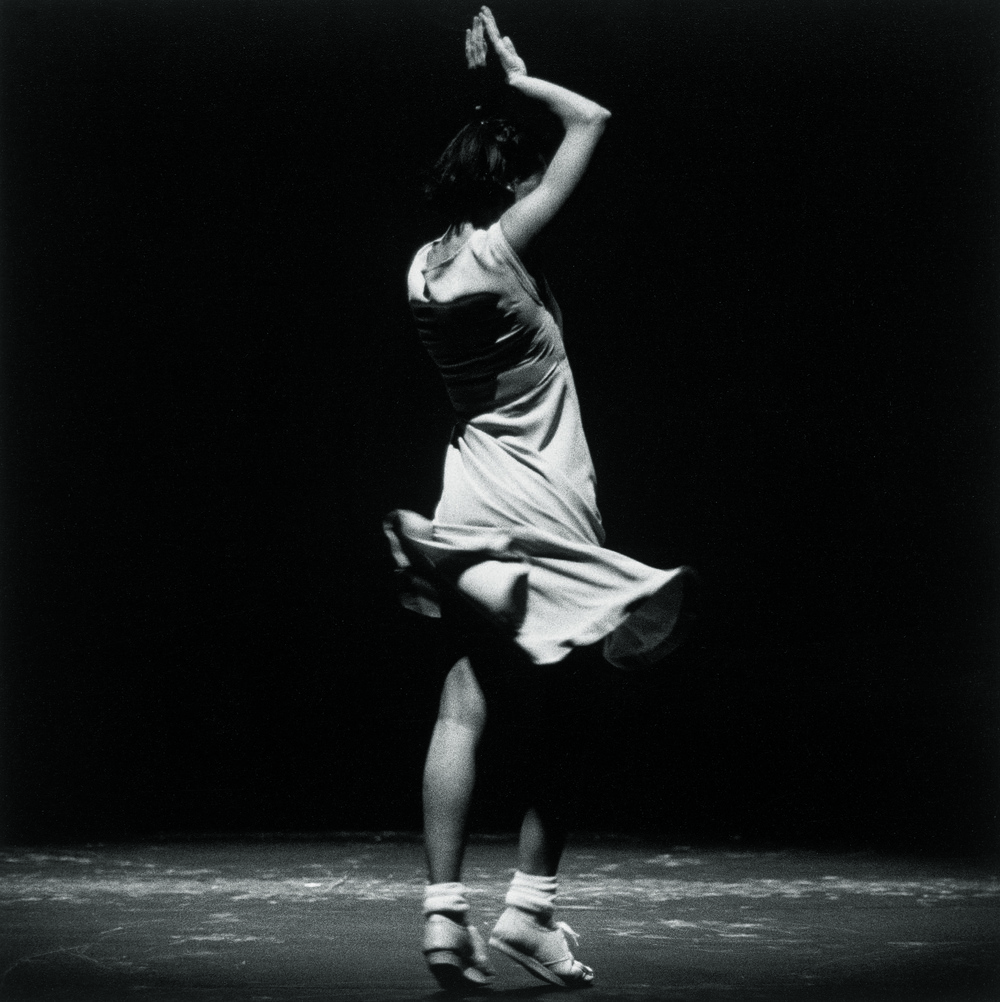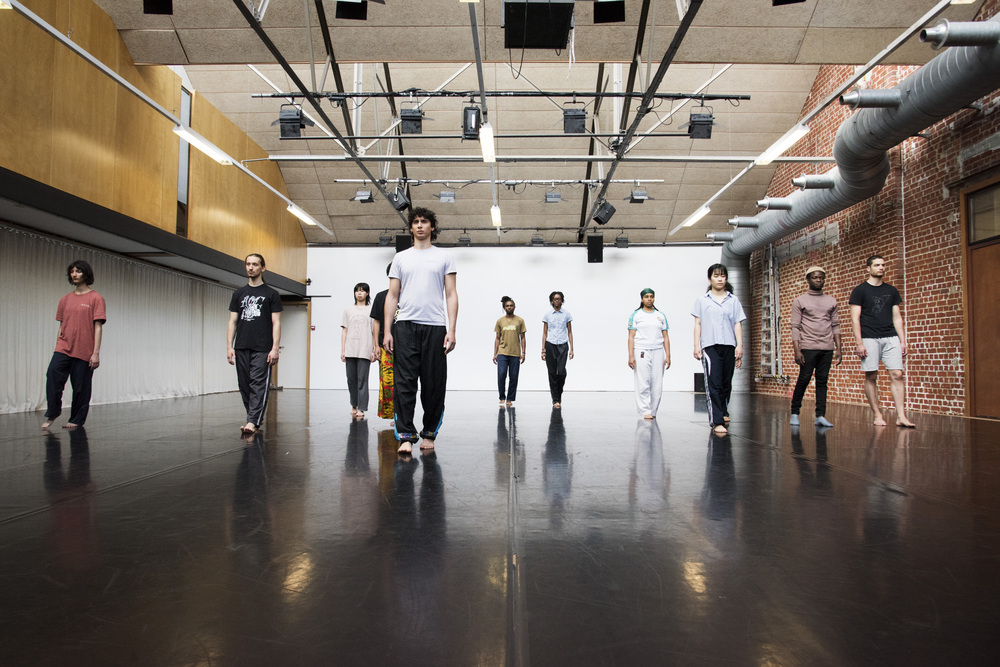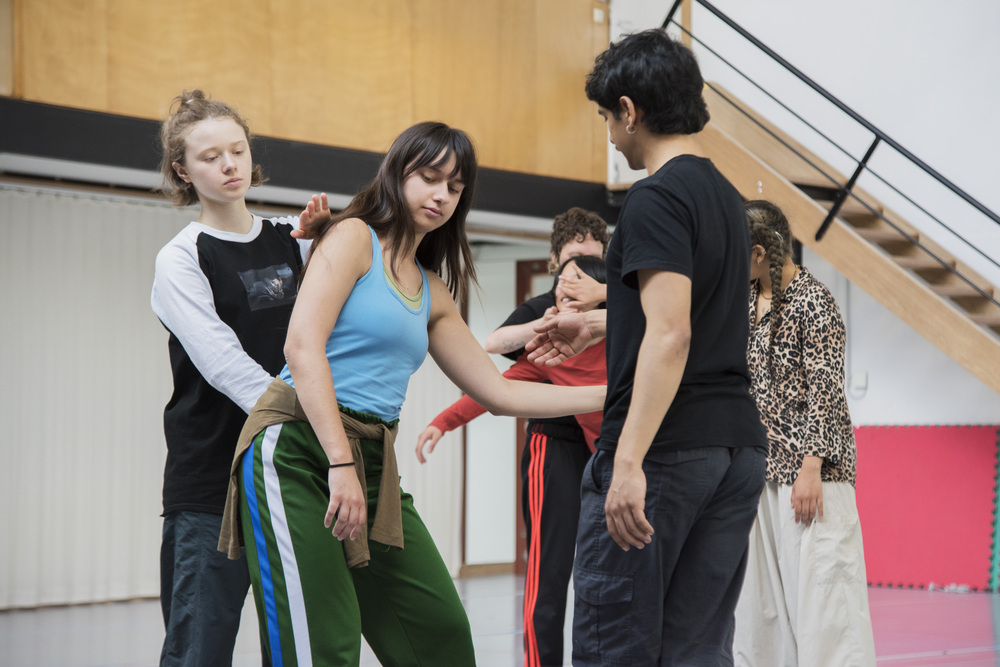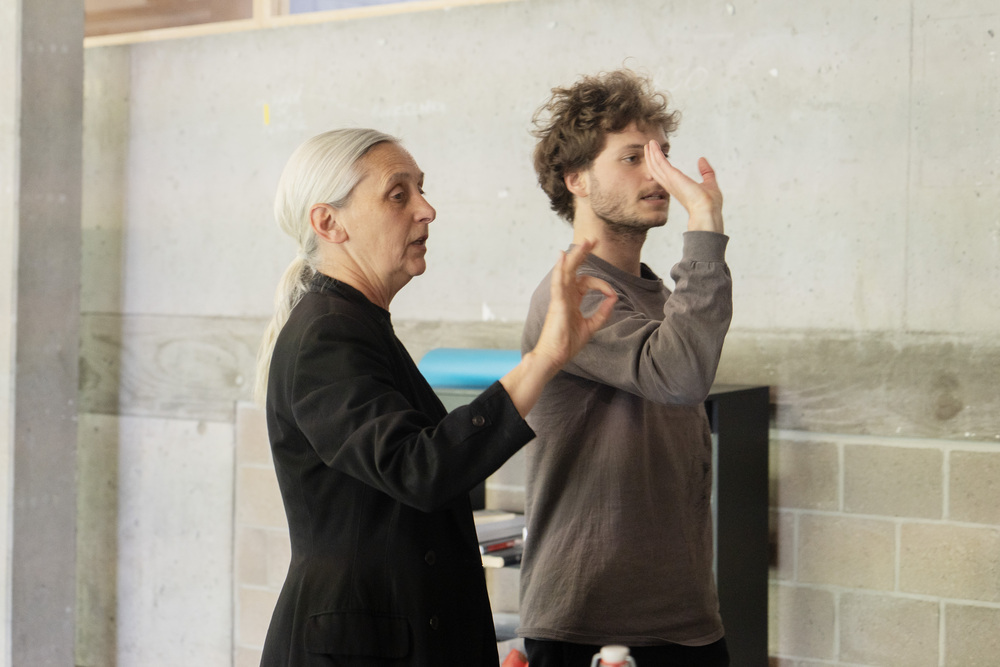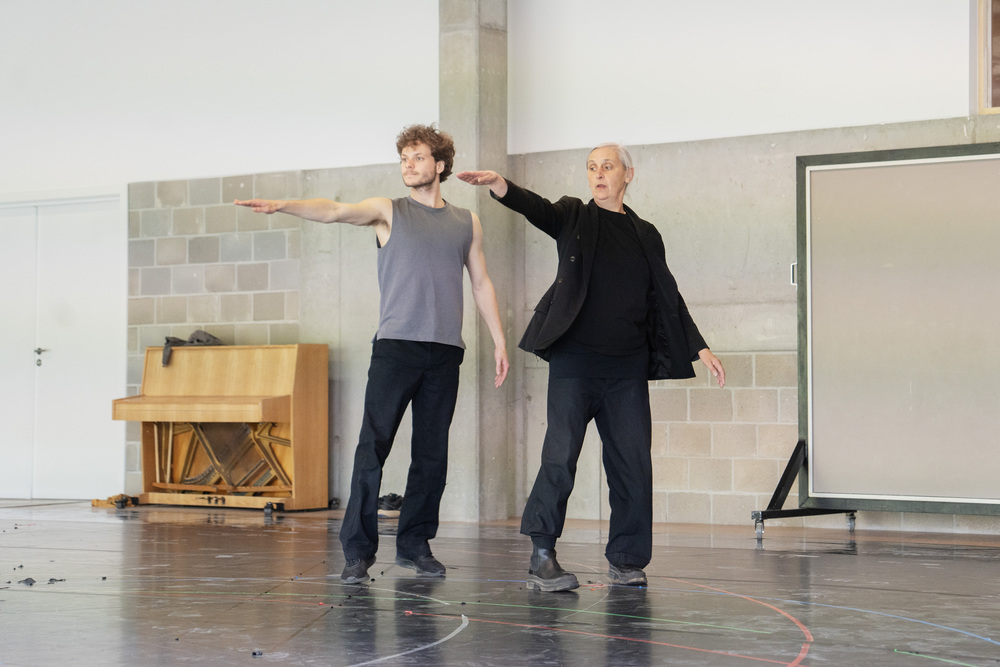The 36th
LaureateTheatre/Film
Anne Teresa
De Keersmaeker
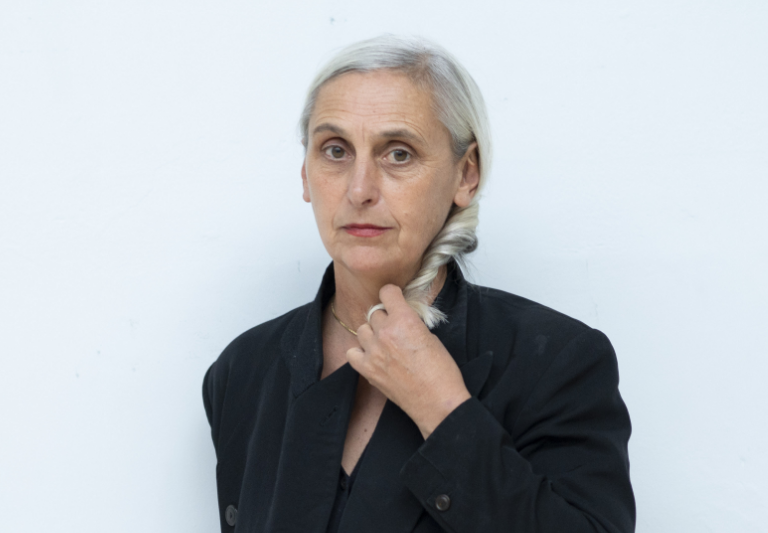
Born June 11, 1960 / Mechelen, Belgium
Anne Teresa De Keersmaeker is a Belgian choreographer and dancer. Since founding her dance company Rosas in 1983, she has been a leading force in the global contemporary dance scene. She studied dance at Mudra, the performing arts school founded by Maurice Béjart (1993 Praemium Imperiale laureate), and at the Tisch School of the Arts at New York University. After returning to Belgium, she gained wide recognition with Fase (1982), set to the music of Steve Reich (2006 Praemium Imperiale laureate). She is known for her exploration of the structural relationship between music and movement, engaging in dialogue with a wide range of musical styles of several periods, from minimal and classical to blues. Her choreography often begins with everyday movements like walking, which she abstracts to create a fusion of physicality and intellect. Her major works include Rain (2001) and EXIT ABOVE (2023). In 2025, De Keersmaeker collaborated with dancer and emerging choreographer Solal Mariotte on BREL, a duet inspired by the music and persona of Jacques Brel. She has a long-standing connection with Japan, having directed Toshio Hosokawa’s opera Hanjo in 2004. In addition to her artistic work, she is committed to education, having founded P.A.R.T.S. (Performing Arts Research and Training Studios), a performing arts school in Brussels to support the next generation of artists. Over the past 10 years, her work has also engaged with the visual arts in museum contexts such as the Louvre, Tate Modern and MoMA.
Biography
Anne Teresa De Keersmaeker is a Belgian choreographer and dancer who has been a leading figure in contemporary dance since the 1980s as the artistic director of her company, Rosas.
She studied ballet at Mudra, the performing arts school founded by Maurice Béjart (1993 Praemium Imperiale laureate), and created her first choreographic work, Asch, in 1980. She then studied at New York University’s Tisch School of the Arts. After returning to Belgium, she created Fase (1982), which drew widespread attention for its precise interplay with the music of Steve Reich (2006 Praemium Imperiale laureate).
In 1983, she founded Rosas—named after the Latin word for "roses"—and premiered her breakthrough piece Rosas danst Rosas. This debut established her distinctive style, marked by repeated gestures and rigorously structured movement, earning her the Bessie Award for outstanding creative achievement in New York in 1987.
De Keersmaeker often starts with everyday movements—like walking or spinning—which she abstracts to the limit, reimagining the relationship between music and the body. “Dance is thinking in movement,” she says, underscoring the inseparable connection between intellect and physicality.
Her work is noted for its close dialogue with music. Rather than treating music as mere accompaniment, she uses it as a compositional framework, shaping movement to reveal the music’s inner structure. In her early years, she moved toward a minimalist style, exploring structure through repetition and variation.
Over the years, she has collaborated with composers ranging from Bach and Beethoven to John Coltrane, and traditional Indian music. Works such as Drumming (1998) and Rain (2001) showcase this musicality, while The Song (2009) created rhythm and structure solely through light, space, and movement, eliminating music altogether. In 2023, she premiered EXIT ABOVE, inspired by Shakespeare’s The Tempest, blending blues rhythms and street dance to offer a contemporary reinterpretation of the play and in 2024 she set out to explore Antonio Vivaldi’s The Four Seasons with the performance Il Cimento dell’Armonia e dell’Inventione.
Most recently, in 2025, De Keersmaeker collaborated with dancer and emerging choreographer Solal Mariotte on BREL, a duet inspired by the music and persona of Jacques Brel. The piece examines how Brel’s powerful, poetic, and often political lyrics resonate today, exploring how to embody his music in a way that speaks to contemporary audiences. In BREL, De Keersmaeker and Mariotte share the stage for the first time, delving into Brel’s songs as a living, questioning dialogue between past and present.
Japanese dancer Fumiyo Ikeda has been a key collaborator in Rosas since its founding, contributing an intercultural perspective. Since her first performance in Japan in 1989, De Keersmaeker has returned for many tours. “I feel a very deep connection with Japan and Japanese culture,” she says. In 2004, she also directed Toshio Hosokawa’s opera Hanjo.
In 1995, she founded P.A.R.T.S. (Performing Arts Research and Training Studios) in Brussels to nurture the next generation of dance artists. In 2021, she established the ATDK Foundation to support archival preservation and provide scholarships for emerging dancers.
Over the past ten years, her work has increasingly intersected with the visual arts, presented in museum contexts such as the Louvre, Tate Modern, Fondation Beyeler and MoMA, through performances like Work/Travail/Arbeid and Forêt.
Her many accolades include Commander in the Order of Arts and Letters (France, 2008), the Golden Lion for Lifetime Achievement from the Venice Biennale (2015), and the Austrian Cross of Honour for Science and Art, First Class (2016). She continues to push the boundaries of dance, balancing structure and emotion, sound and silence.
-
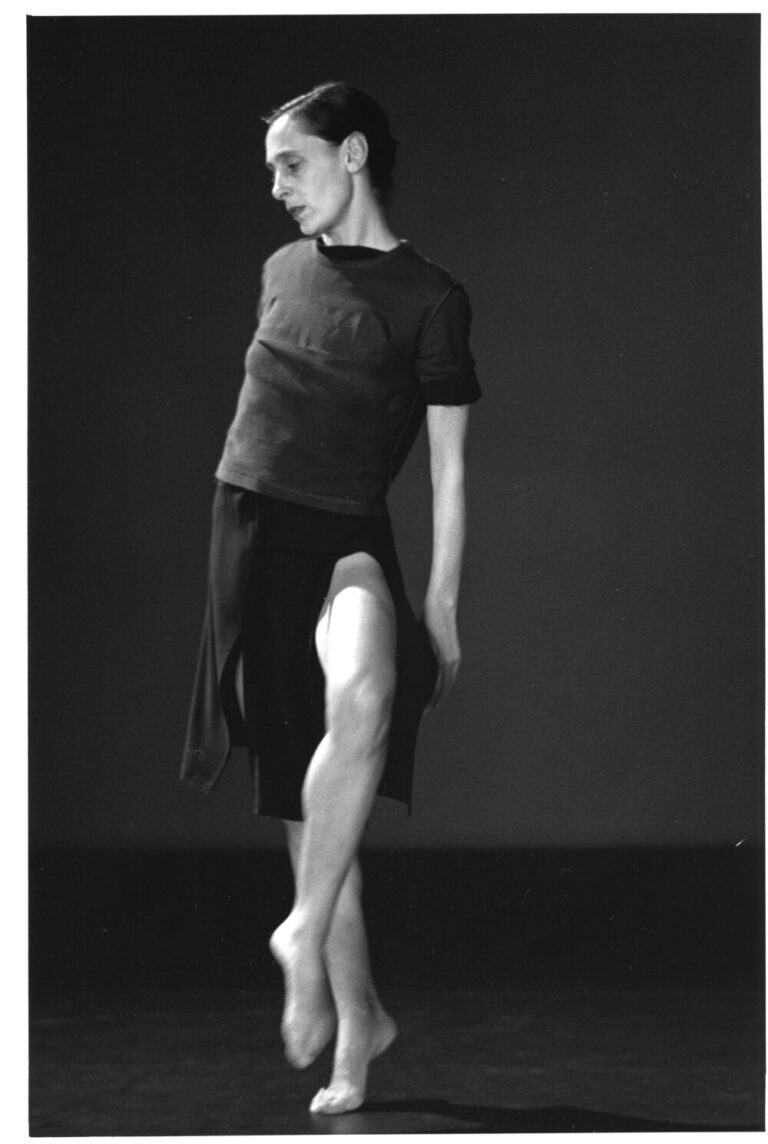
Once, 2002
-
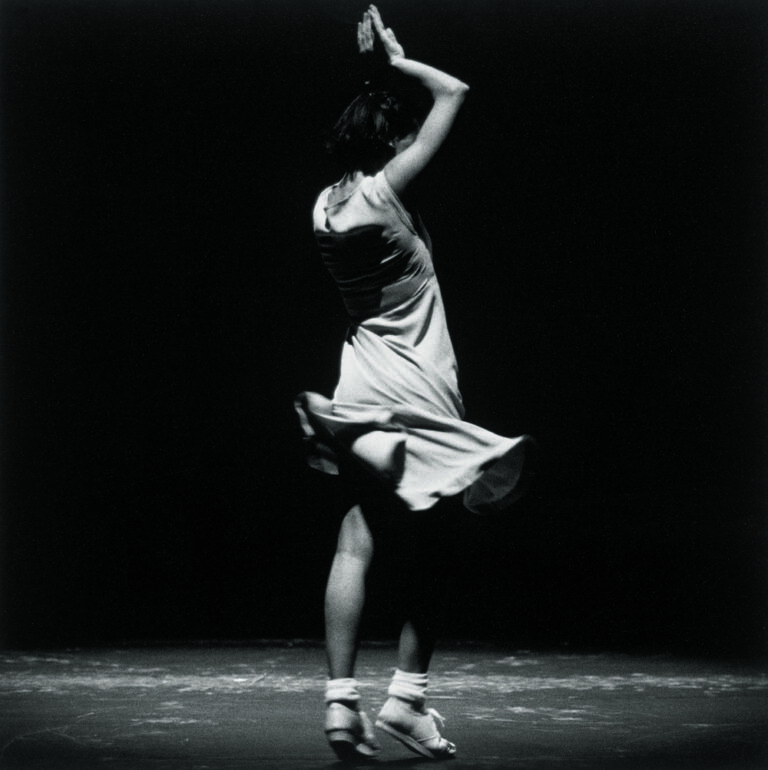
Violin Phase, Fase, 2011
-
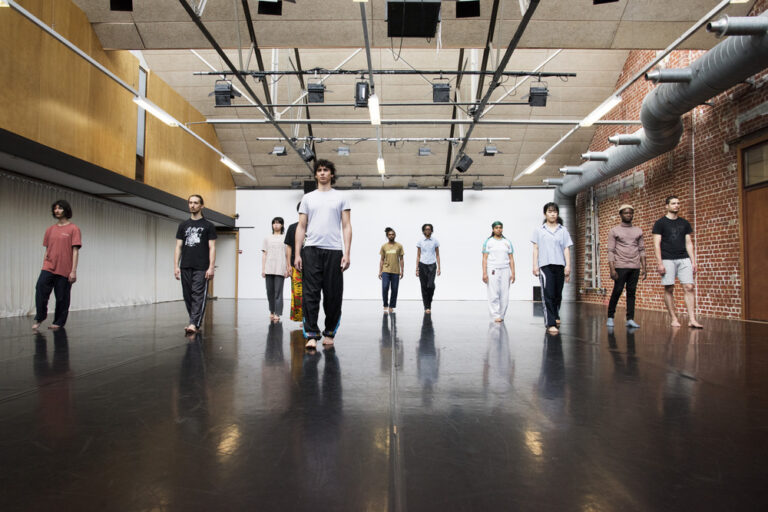
Students at P.A.R.T.S. (Performing Arts Research and Training Studios) in Brussels, May 2025
-
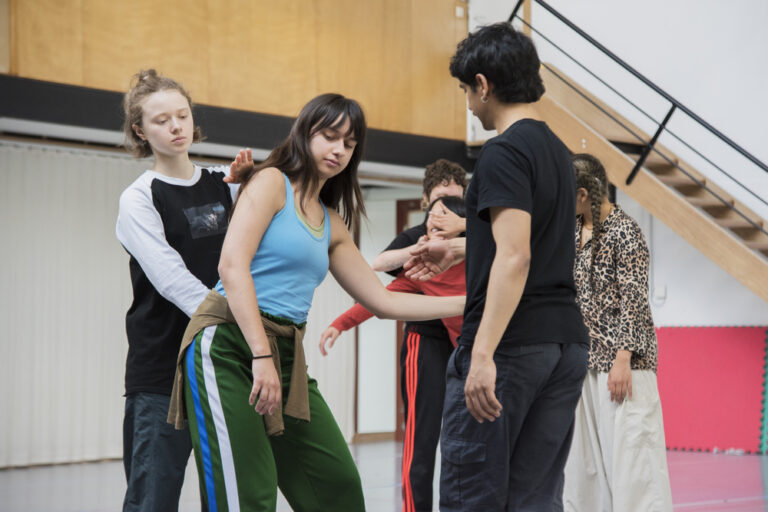
Students at P.A.R.T.S. (Performing Arts Research and Training Studios) in Brussels, May 2025
-
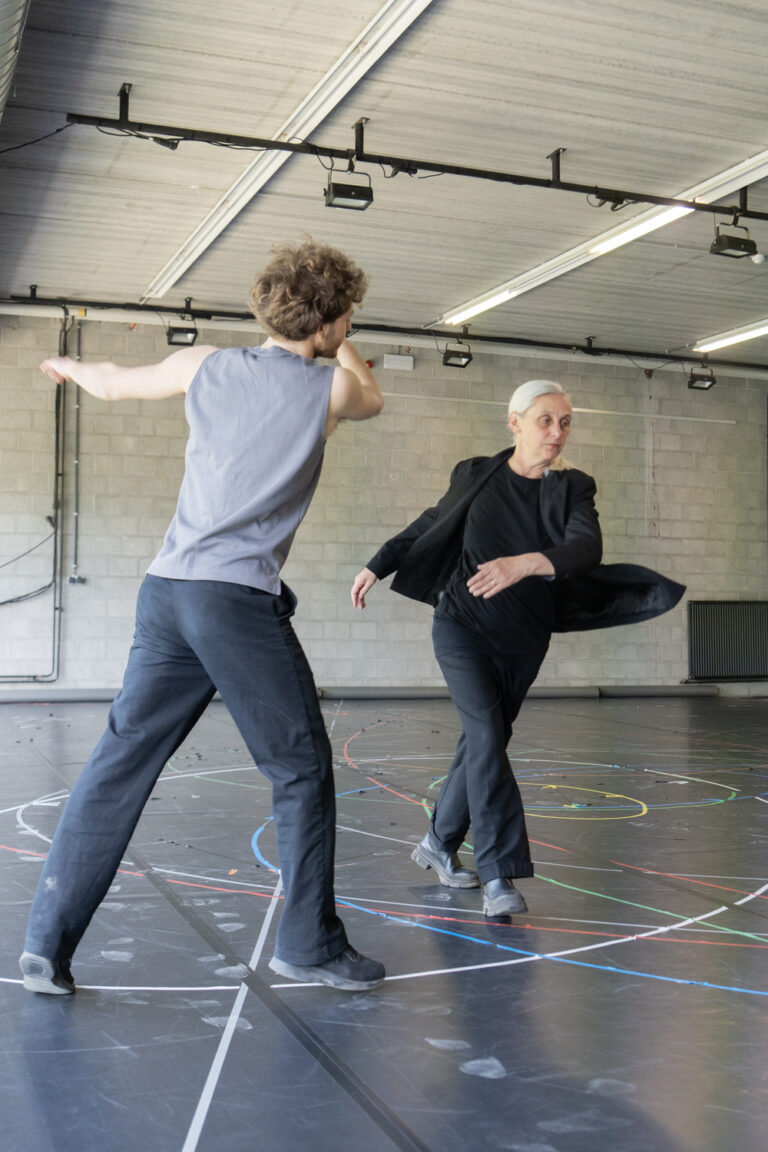
Rehearsal of BREL, 2025
-
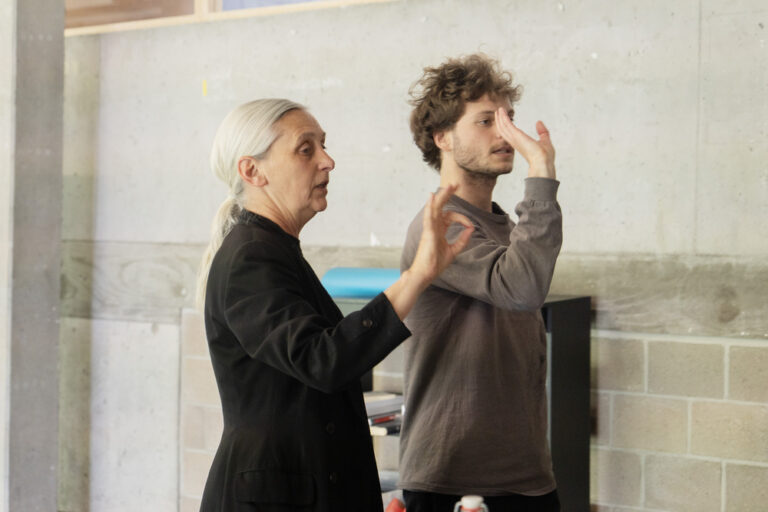
Rehearsal of BREL, 2025
-
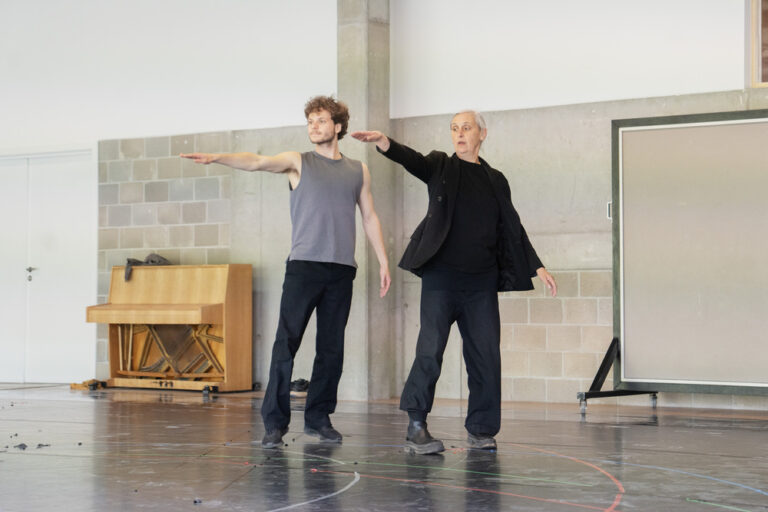
Rehearsal of BREL, 2025

